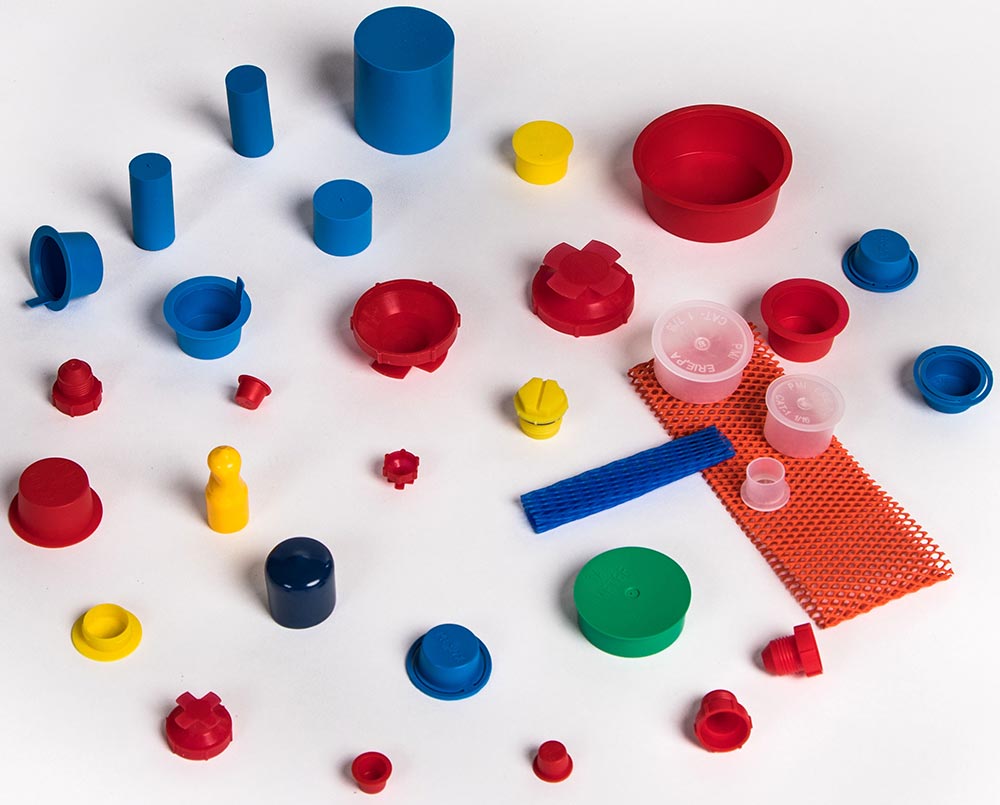News & Events


What Are Injection Molding Project Parameters?
In manufacturing, parameters dictate the properties of the final product, influencing everything from dimensional accuracy to material performance. Understanding injection molding project parameters is crucial for ensuring quality and efficiency. Learn more about these essential project parameters, and move forward in your production with successful injection molding operations.
What Are Project Parameters?
Certain parameters are necessary in any industrial or business project to gauge the scope, size, duration, and costs. These parameters are a part of the planning that goes into developing a product, building a structure, and charting a path toward the goal of a business.
These parameters have a connection and often require adjustment when one of them changes. For instance, if the size of a product changes, the cost and scope increases while the duration or schedule lengthens. These parameters influence the end production and how effective a product or goal is.
Understanding Injection Molding Project Parameters
Several key parameters influence the effectiveness of the injection molding process. These include temperature, pressure, speed, and cooling time. Each parameter plays a specific role in shaping the final product.
Temperature controls the melting and solidification of the material, while pressure determines how the material fills the mold. Speed affects the rate at which material injection into the mold, influencing the cycle time and product consistency. Cooling time is crucial for ensuring the part solidifies uniformly, reducing the risk of defects.
Importance of Each Parameter
Each parameter in the injection molding process significantly impacts the final product’s quality, cost, and efficiency. Proper temperature control ensures the material flows correctly and avoids warping and shrinkage.
Accurate pressure settings are vital for achieving detailed and precise parts, preventing incomplete fills or flash. It’s necessary to optimize the speed to balance productivity with quality, avoiding issues like weld lines or air entrapment. Cooling time directly affects cycle time and production efficiency; insufficient cooling can lead to product defects, increasing scrap rates and costs.
Best Practices for Setting Project Parameters
Optimizing injection molding parameters requires a keen understanding of the material properties and the specific requirements of the part produced. Best practices include conducting thorough material analysis to determine optimal temperature and pressure settings and using advanced simulation software to adjust parameter impacts. Implementing robust monitoring systems for consistent process control is also essential.
For instance, if you have an electrical connector protector, you’ll need to test its limitations in temperature and create simulations to gauge its effectiveness in various environments. Regular maintenance and calibration of equipment also play a crucial role in maintaining parameter accuracy and ensuring high-quality output.
By understanding injection molding project parameters, manufacturers and design engineers significantly enhance their production capabilities, ensuring efficient operations and superior product quality. Consider these parameters as you test and manufacture your net injection molded project for optimal efficiency.

